Unity has a default gradle.properties file that gets added during the build process. While its possible to change the build.gradle and the settings.gradle files as mentioned here https://docs.unity3d.com/Manual/android-gradle-overview.html there is no mention of being able to change gradle.properties within the unity docs. The file also gets recreated every build attempt so editing it within the temp/gradleOut after a build and building again doesn't work. I know exporting the project is possible as well, but I'm looking for a solution where the project can be run directly from unity.
Btw this question is NOT a duplicate of this question How to use Gradle in Unity The answer here has nothing to do with modifying the gradle.properties file.
This is a duplicate of this question that got incorrectly marked as a duplicate how to change default gradle.properties of Unity?
